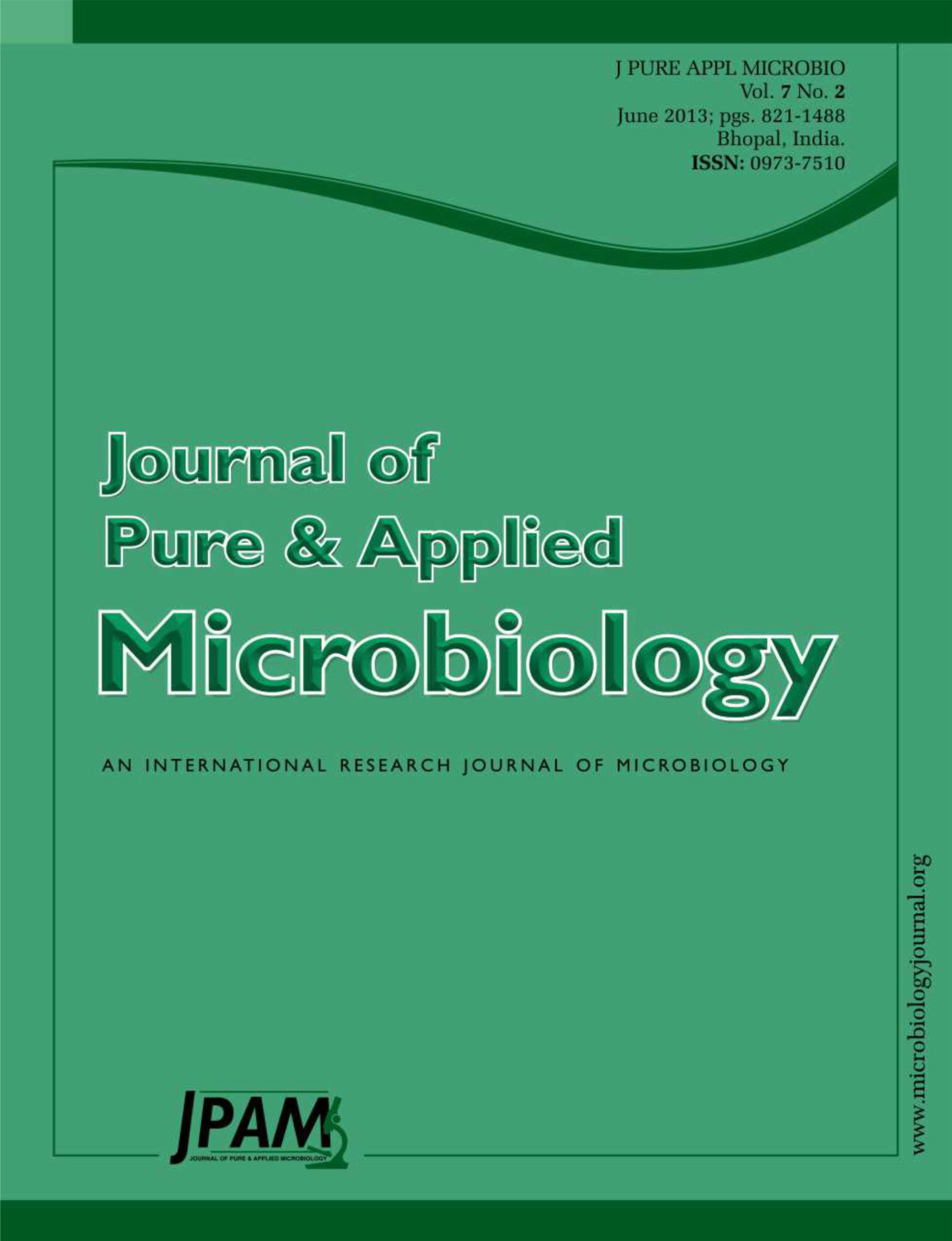The increased demand has generated renewed interest in lower grade or complex ores. In this study, a low grade complex nickel-copper concentrate was subjected to bioleaching. To develop the process technology, response surface methodology (RSM) coupled with center composite design (CCD) was applied to optimize the bioleaching conditions of the concentrate. Based on the models, pulp density was considered as the most significant component since its contribution reached 55.78% for Ni extraction and 15.26% for Cu extraction. The terms of pulp density and pH in the model indicated unfavorable effects on the Ni extraction, which defied the experimental phenomenon of Cu extraction. On the other hand, the interaction effect of pulp density and pH was favorable on the Ni recovery, whereas Cu extraction would be least influenced by the effect of interaction. The optimal conditions for Ni extraction and Cu extraction were quite different.
Bioleaching, Nickel-copper concentrate, Center composite design, Chalcopyrite, Pentlandite
© The Author(s) 2014. Open Access. This article is distributed under the terms of the Creative Commons Attribution 4.0 International License which permits unrestricted use, sharing, distribution, and reproduction in any medium, provided you give appropriate credit to the original author(s) and the source, provide a link to the Creative Commons license, and indicate if changes were made.


